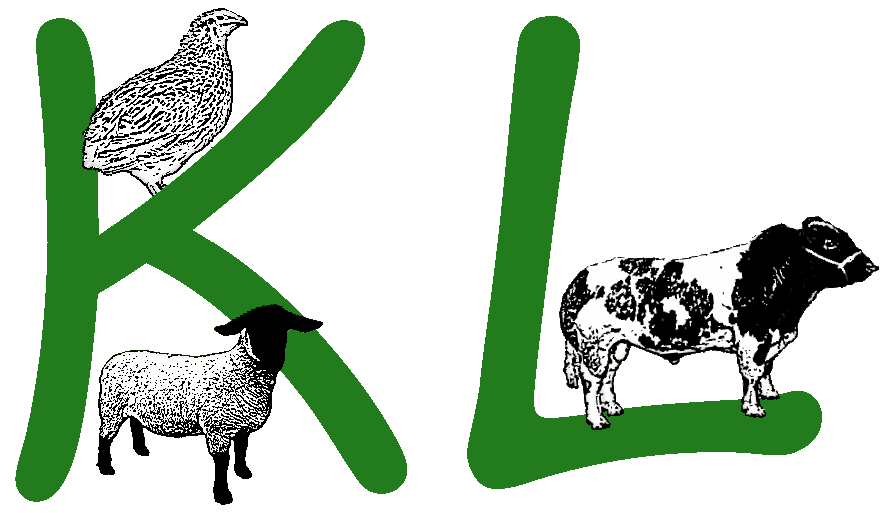Calving
Caving has been going well, 20 out of 60 calves due between February and April have been born, with only one stillborn. When the cows are near to calving they have to be checked regularly with around 20% of cows needing help to calve. This may be due to the size of the calf, malpresentation, or due to the cow simply not getting on with calving. To help, a calving jack can be used. The jack has a ratchet system and allows ropes to be attached to the calf’s legs and the calf to be pulled out by levering against the cow.
Sheep
Ewes due to lamb in March have been vaccinated and housed, the vaccine covers a number of infectious diseases the lambs are vulnerable to and boosts the ewes’ immunity which is passed on to the lambs in the ewes colostrum (first milk). A common problem with sheep when out at grass, especially when heavily pregnant, is that they can get stuck on their backs. If they are not corrected quickly gasses build up and cause a heart attack. If you ever see a live sheep on its back I’m sure the farmer would be very grateful if you could roll it upright or inform them.
Sugar beet
With the factory closing at the end of February, the sugar beet had to be harvested in less than ideal conditions. The wet weather has resulted in very soft, sodden ground – this made it too wet to use the Maus as planned. To prevent vehicles getting stuck and mud getting on the road we hired a ‘chaser’ and a huge 410 horsepower tractor. The chaser is a giant trailer with an unloading conveyor at the back. It has large floatation tyres to reduce the amount it sinks into the mud. The chaser runs alongside the beet harvester and receives the beet. When the chaser is full, it drives to the edge of the field and unloads into a trailer waiting on the road.
